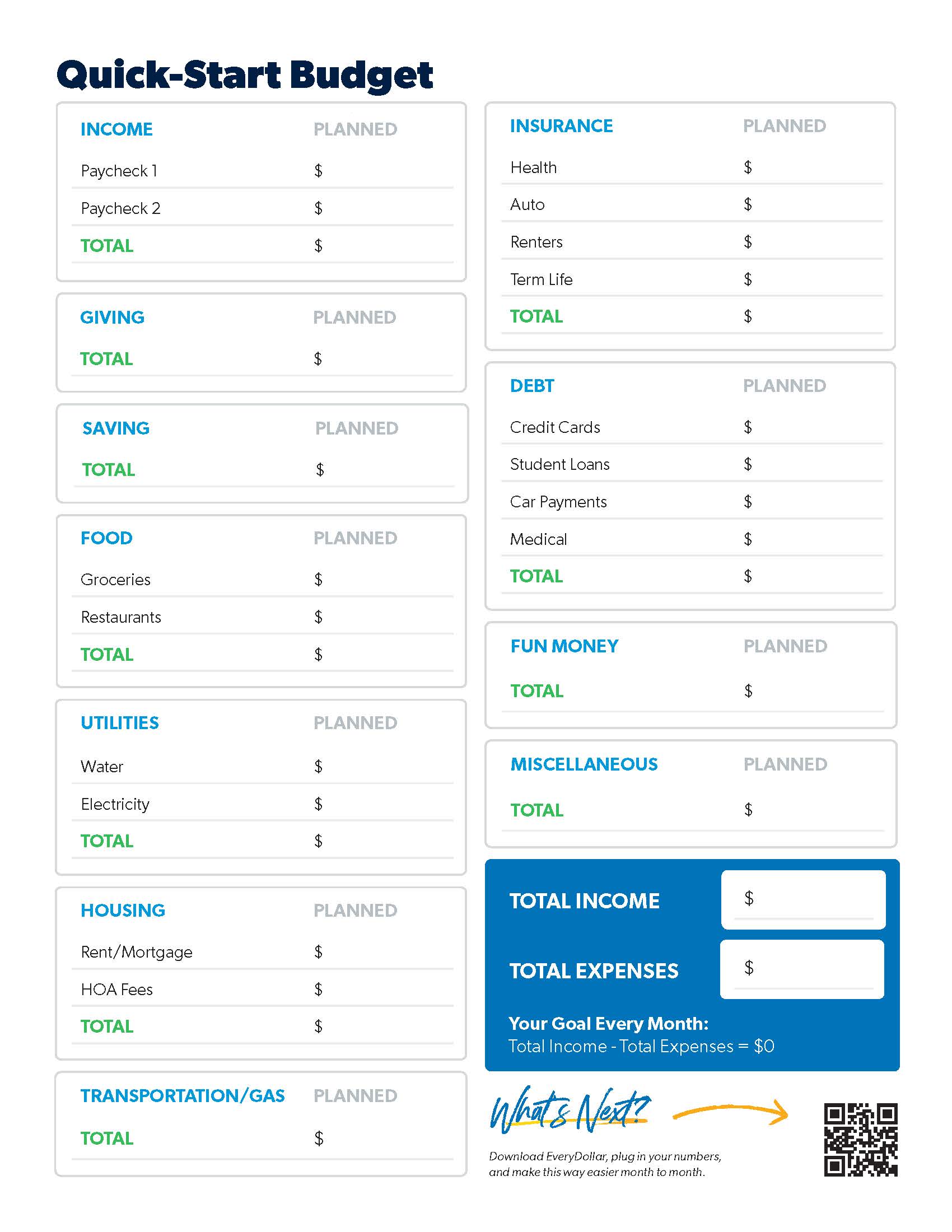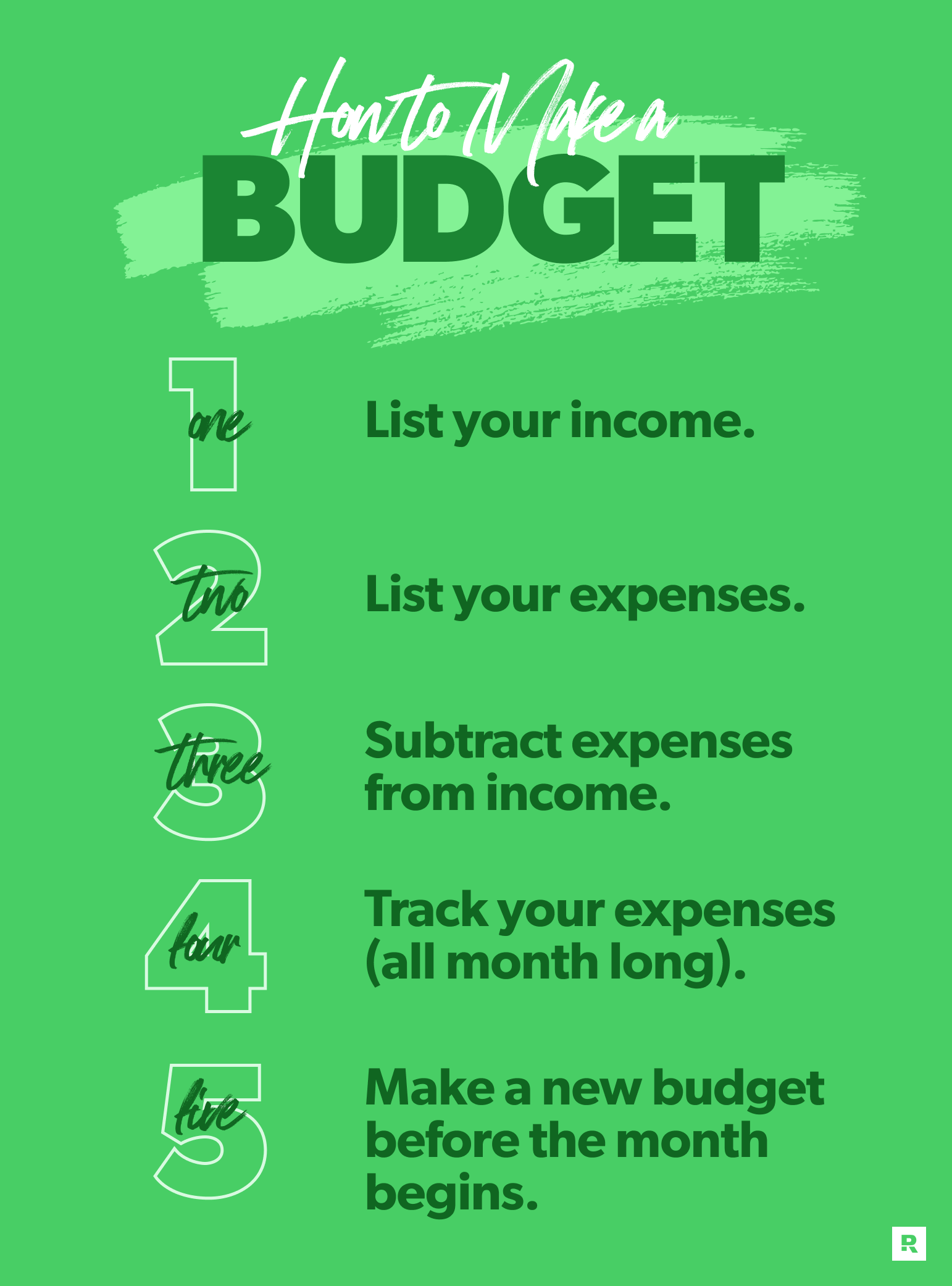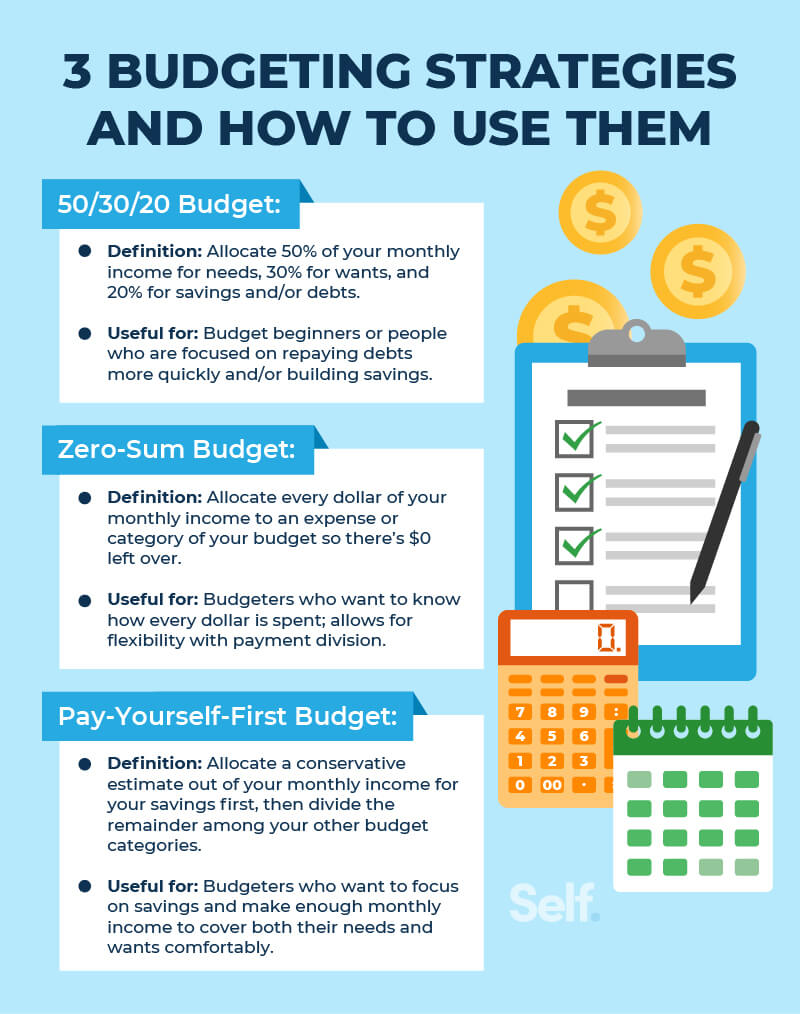(After finishing the article, I’ll generate a realistic horizontal image for it, then continue with the next one automatically until all 50 are done.)
Starting now…




How to Organize Your Personal Finances: A Beginner’s Guide
Managing your money effectively starts with organization. In this guide, you’ll learn practical strategies to set a budget, track spending, build an emergency fund, and lay the groundwork for future financial success.
Why Financial Organization Matters
Starting on firm financial footing helps you:
- Gain control of your money instead of letting it slip through your fingers.
- Set and pursue goals: emergencies, travel plans, investments.
- Reduce stress and avoid living paycheck-to-paycheck.
- Prepare for future growth, like investing or debt-free living.
Step 1: Calculate Your Income and Expenses
- List all income sources: salary, side hustles, tips, dividends adobe.com+6ramseysolutions.com+6ramseysolutions.com+6sofi.comppcexpo.com.
- Detail your expenses: fixed (rent, insurance) and variable (groceries, streaming).
- Include occasional costs like semiannual car insuranceppcexpo.com+4ramseysolutions.com+4clockify.me+4sofi.com.
Step 2: Choose a Budget Framework
Popular methods:
- Zero-based budgeting: allocate every dollar of income until reaching zeroramseysolutions.com+2ramseysolutions.com+2sofi.com+2.
- 50/30/20 rule:
- 50% for needs, 30% for wants, 20% for saving/debtcleanandscentsible.com+9sofi.com+9self.inc+9.
- Envelope system: assign cash to categories and spend only what’s in each envelopesofi.com.
Choose a method that matches your style—paper, spreadsheet, or budgeting app.
Step 3: Track Every Transaction
- Record expenses immediately—weekly or daily.
- Compare planned vs actual spending to understand habits and avoid setbackssofi.com+8ramseysolutions.com+8ramseysolutions.com+8.
- Adjust your plan monthly based on actual outcomesramseysolutions.com+8ramseysolutions.com+8sofi.com+8.
Step 4: Build an Emergency Fund
- Aim for at least 3–6 months of essential expenses put aside.
- Fund it online or via automatic transfers for safety and ease.
Step 5: Review and Adjust Monthly
- At month’s end, check where you overspent or underspent.
- Plan the next month’s budget before it startsideallysheets.com+6ramseysolutions.com+6ramseysolutions.com+6.
- Include seasonal or annual expenses (e.g., holidays, insurance).
Step 6: Start Planning for the Future
With a steady budget and emergency fund, you can:
- Pay off debt using methods like debt snowball or avalanche.
- Start investing: user apps or platforms that suit beginners.
- Set financial goals: retirement, home purchase, dream vacation.
Bringing It All Together
Organizing your finances is not a one-time event—it’s a habit.
- Quantify your income and expenditures.
- Select a budgeting approach.
- Track regularly.
- Adjust monthly.
- Save for emergencies and future goals.
Stick with this process steadily, and you’ll build confidence, reduce financial stress, and pave the way toward stable and healthy financial living.